You can take a parting look at some of Pamplona’s most relevant sights such as the plaza Consistorial, the Vuelta del Castillo or the facilities of the University of Navarre, while you exit the city. Crossing the bridge of Acella over the river Sadar, you reach Cizur Menor, having covered 5 kilometres.
READ MOREThis residential area opens into cereal fields rising up towards the village of Zariquiegui, with its Romanesque church of San Andrés. Half of the day’s walk is already behind. Greenery surrounds us while we climb towards the peak of Sierra del Perdón, where many decide to take a break and say farewell to the basin of Pamplona, looking back through the sculptures crowning this panoramic height.
After that, you descend towards Uterga and Muruzábal, less than 5 kilometres away from our destination for the day. The Camino leads us to Obanos and onto Puente de la Reina, with its iron monument to pilgrims. This is a very relevant spot where the Routes coming from Roncesvalles and Somport meet.
Puente de la Reina is the end of the walk for the day and a village with a lot of history linked to the Camino. Here once can visit the Romanesque bridge, the church of Iglesia del Crucifijo and, of course, the church of Santiago (Saint James).
Tips from our postmen and women
What to do and see in the stage Pamplona - Puente la Reina?

“From Muruzábal we recommend a detour of 2km to see the Romanesque church of Santa María de Eunate in order not to miss out on a beautiful and mysterious national monument with an octagonal ground floor and a history linked to the Templars. This is one of the jewels of Navarre architecture.
Precisely at the Correos post office of Puente de la Reina we have a pilgrims’ stamp with the image of this particular monument”.
Accommodations Pamplona/Iruña - Puente la Reina/Gares
Image gallery
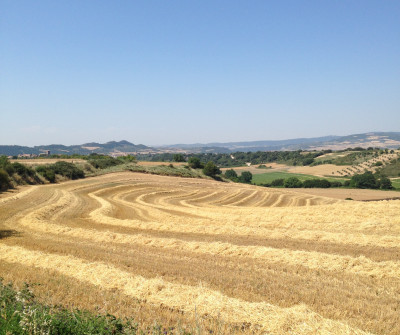
Camino Francés de Pamplona a Puente la Reina
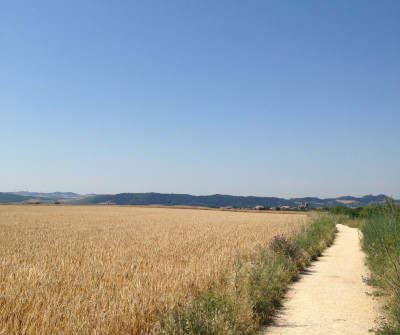
Paisaje de la etapa Pamplona - Puente la Reina
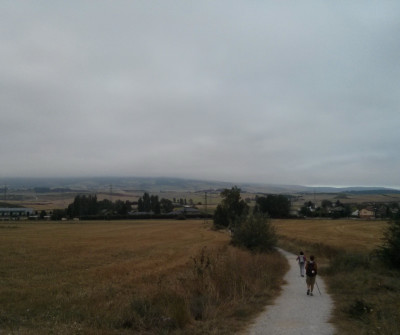
Peregrinos en la etapa Pamplona - Puente la Reina
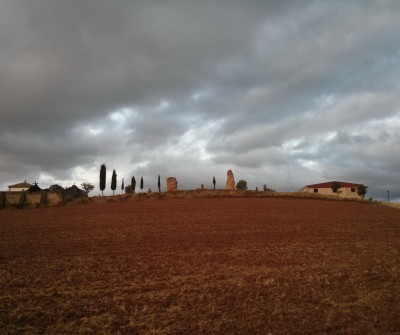
Vistas de Puente la Reina, en Navarra
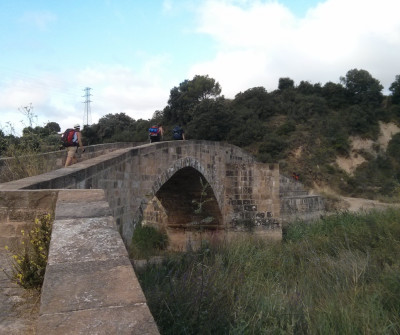
Entrando en Puente la Reina, unión del Camino Francés por Aragón y por Navarra
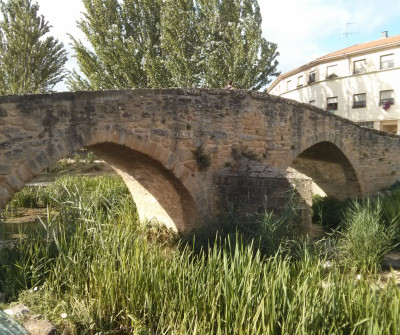
Puente sobre el río Arga en Puente la Reina
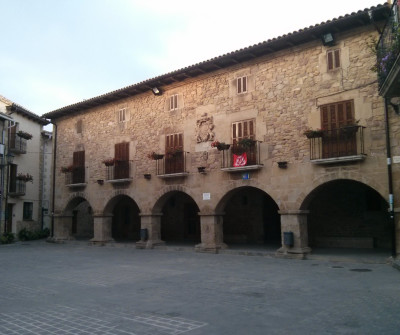
Ayuntamiento de Puente la Reina, en el Camino Francés
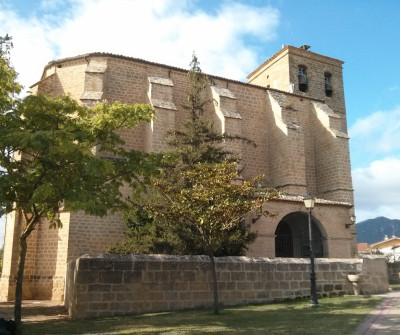


 Filter
Filter